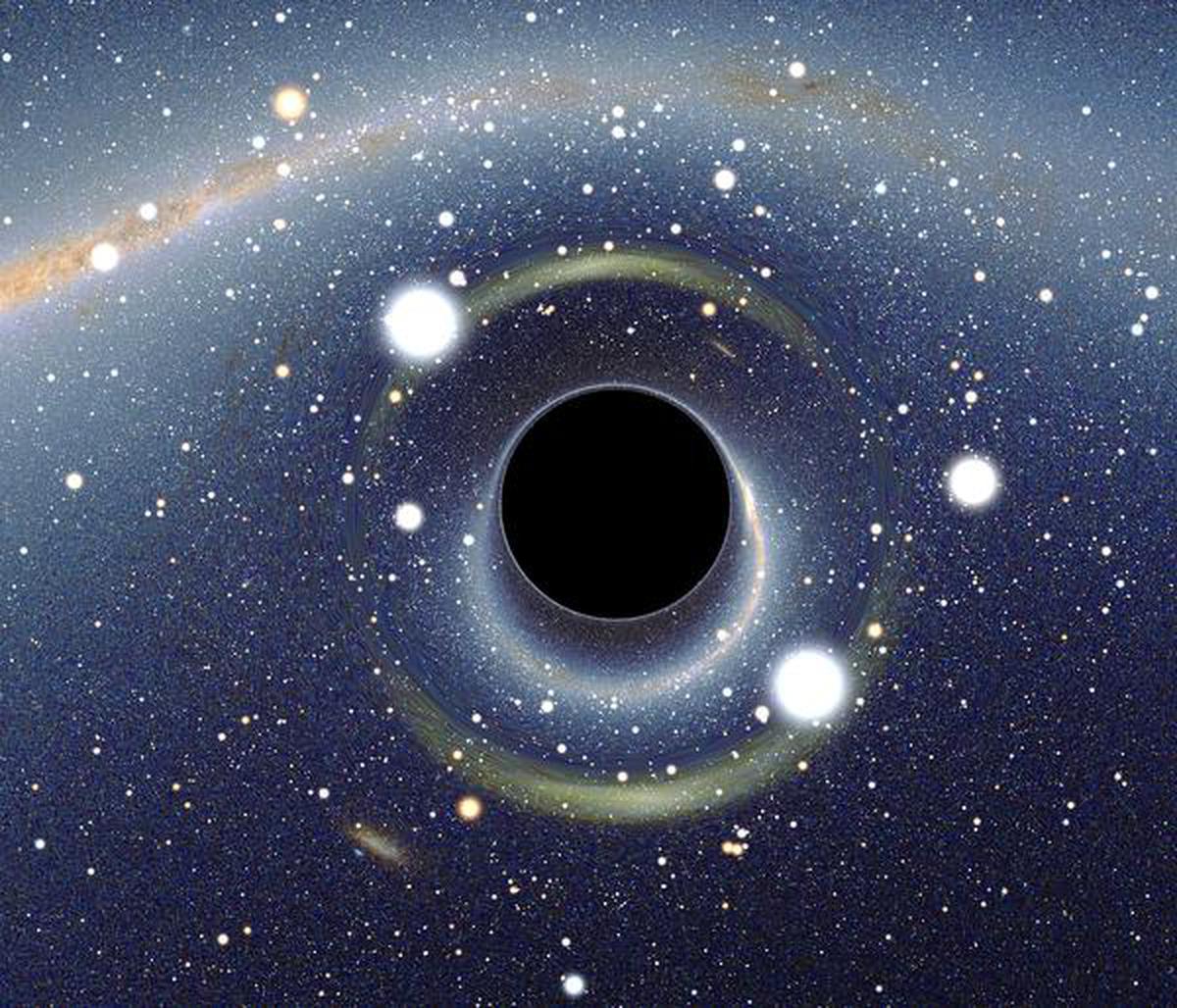
Scientists from U. R. Rao Satellite Centre (URSC) of ISRO and Indian Institute of Technology Guwahati (IITG) have detected radiation from an extra-galactic black hole source, which has never been done before.
According to the Department of Science and Technology, radiation emitted from the vicinity of an extragalactic black hole located in the Large Magellanic Cloud (LMC), a small companion galaxy to the Milky Way, has been detected for the first time through a technique called X-ray polarimetry, paving the way for understanding the underlying physical processes around black hole sources.
LMC X-3 is a binary system that consists of a black hole and a normal star that is much hotter, bigger, and more massive than the Sun.
The thermally dominated persistent extra-galactic black hole source was discovered by an orbiting X-ray telescope in 1971. In the four decades since, several teams of astronomers have studied the system with optical telescopes on the ground, and ultraviolet and X-ray telescopes in orbit. The Imaging X-ray Polarimetry Explorer (IXPE), the first mission of NASA to study the polarization of X-rays from celestial objects, offers a unique observational technique, launched in 2021. It opens up a new window for understanding the emission processes and geometry of the accreting objects in a more sophisticated way by investigating the X-ray polarimetric properties.
Scientists from IITG and URSC have investigated the X-ray polarization properties of LMC X-3, considered a LMC X-3 ideal cosmic laboratory, to study the X-ray polarization signatures, using IXPE.
“The most intriguing results they have found are the detection of significant polarized emissions resulting possibly due to the combined effects of the direct and/or reflected emissions from a partially ionized disc atmosphere,” according to the Department of Science and Technology.
The scientists also measured the source spin by analysing observations from Neutron Star Interior Composition Explorer (NICER) Mission and Nuclear Spectroscopic Telescope Array (NuSTAR) Mission, and found that the black hole is weakly rotating in nature.
Findings of this study have been published in the Monthly Notices of the Royal Astronomical Society: Letters.
month
Please support quality journalism.
Please support quality journalism.

Shambhu Kumar is a science communicator, making complex scientific topics accessible to all. His articles explore breakthroughs in various scientific disciplines, from space exploration to cutting-edge research.

